All about Yuzu
Yuzu History:
The Yuzu has a history of over 1200 years. This fruit has its origins from China in the Yangtze River Region. The Yuzu was brought to Japan by way of the Korean peninsula. When the Yuzu was introduced to Japan, during the Nara Period (year 710), the Japanese farmers grew Yuzu fruits for three purposes, culinary, hot bathing and medicinal.
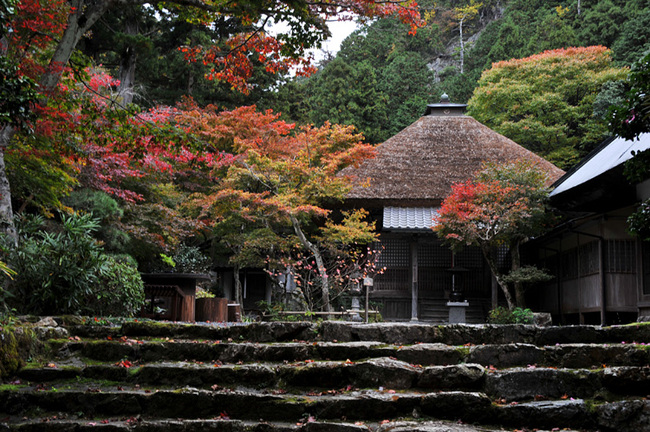
Yuzu Bath:
Yuzu is not only for eating or for cooking. In Japan, it is use in preparation for a special hot bath. Traditionally, a hot Yuzu bath is taken on the winter solstice day. It has a long tradition and believed to ward off winter colds and flu, and healing of chapped skin. The hot water helps to release a pleasant aroma from the Yuzu fruit. In fact, a part of the Yuzu’s oil component “Nomilin” gives a relaxation affect, and provides better circulation on your body. As a result, using the Yuzu oil on the skin becomes very smooth after the bath. We also believed that taking a Yuzu bath brings you wealth and assurance of good health. We recommend not to substitute Yuzu with other citrus products such as lemon or orange. It does not give the same aromatic and health affect as Yuzu.
If you want to experience a Yuzu Bath Hot Spring, we recommend trying in the winter season, including November and December.
Area of Yuzu hot spring bath availability: Shikoku Island, Kyushu Island and Kyoto
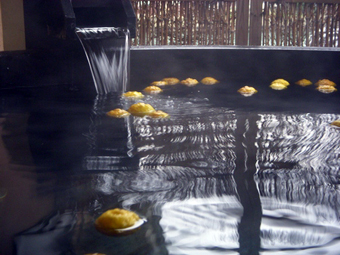 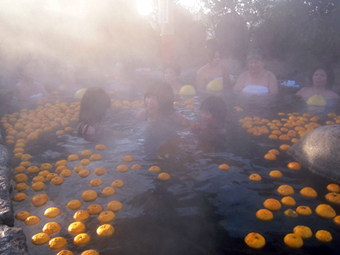
Yuzu Year-Round:
From April to May, Yuzu tree gives white flowers.
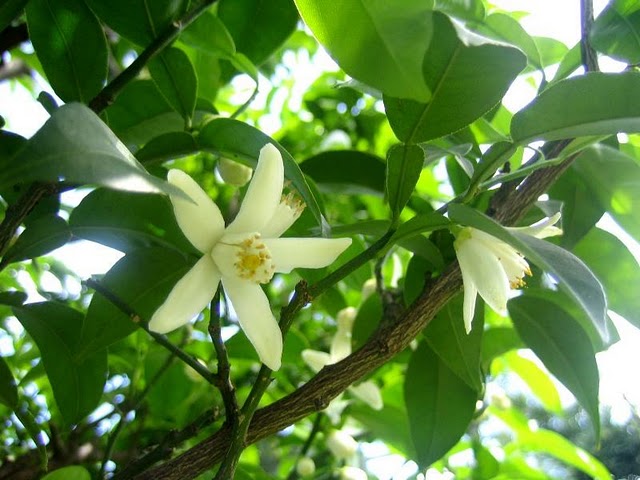
From June to August, the trees produce green fruits.
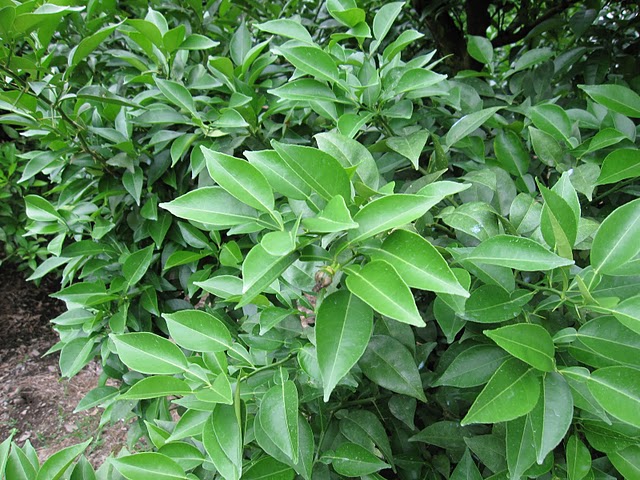 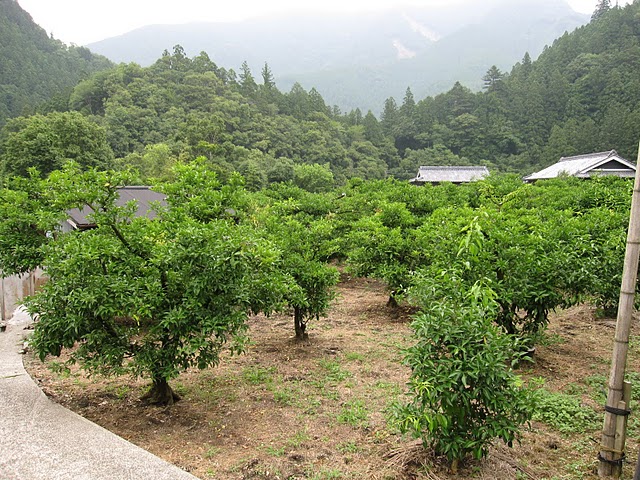
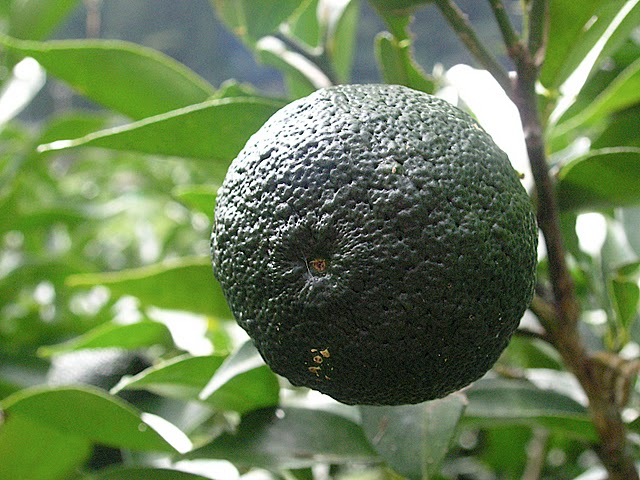
We enjoy sliced and grated green Yuzu rind with salad, and sashimi dishes. It gives a spicy citrus flavor and is truly delicious.
In the November to December, the fruit ripen and turns a brilliant golden-yellow color.
We look forward to harvest them for taking the hot Yuzu bath and seasonal Yuzu dishes.
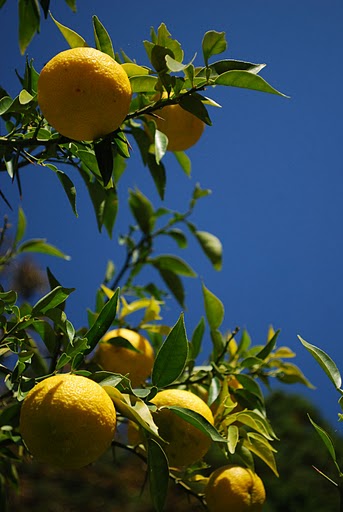
Yuzu Seeds
In ancient times, Yuzu seed was use as a natural medicine to treat skin irritations, and itchiness. People preserved the seeds with Shochu or Sake. Today, it is use to create natural cosmetics for skin toning
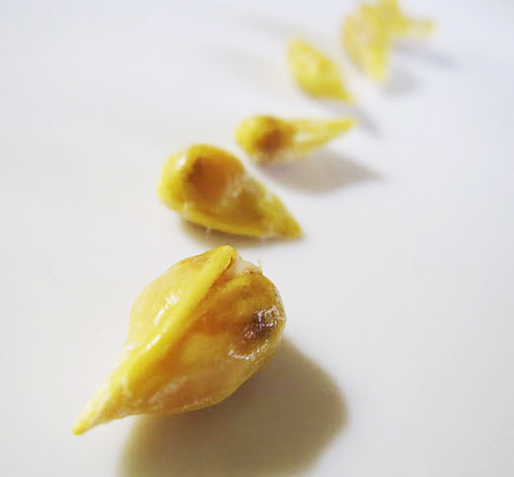 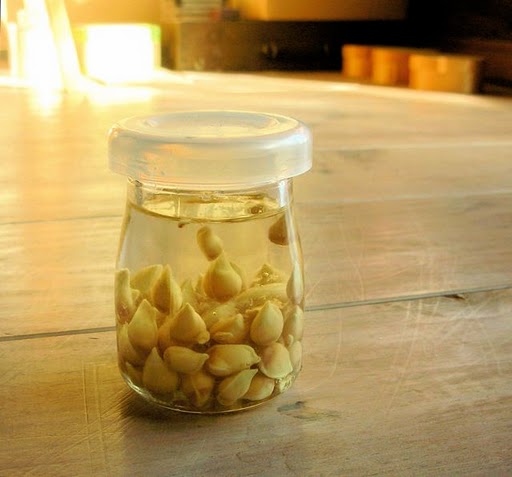
Yuzu Health Facts
Vitamin C
- 3 times more than that of lemon
(it has 150mg vitamin C in 100g of Yuzu)
- Flavonoids: antioxidant activity
- Collagen
- Rejuvenates maturing skin
- Activates cell and fat burning effect
Vitamin P ( It is in most citrus )
- Helps absorb vitamin C & promote healthy blood flow
Organic Acids
- Malic acid (fruit acid): It aids in recovery of muscular aches
- Citric acid plays a crucial role in digestion
Nomilin (Yuzu Skin essential oil component)
*These statements have not been evaluated by the FDA . This product is not intended to diagnose, treat, cure or prevent any disease.
Yuzu Family
Different kind of Japanese citrus
Are you wondering about the different types of Japanese citrus? There are more than dozen types. Here is an introduction to three comparable Japanese citrus types to Yuzu. They are Kabosu, Sudachi and Okinawan Lime (sh?kw?s?). They all look very similar in color but has different flavor.
Sudachi:
Sudachi grows mainly in Tokushima-prefecture in Japan (Shikoku Island). It tastes similar to the lime and used mainly for the accent of special dishes. We harvest them before the fruit ripens around September. Its taste is sour compared to Yuzu.
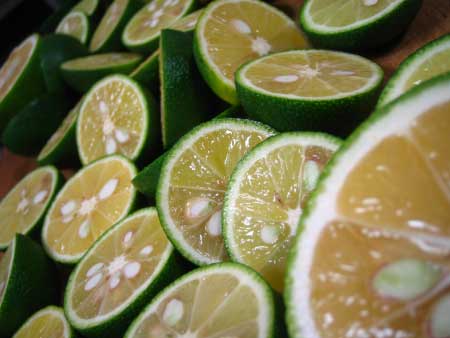
Kabosu:
Kabosu grows mainly in Oita-prefecture in Japan (Kyushu Island). Its size is larger than a Sudachi and its sourness is much like a Sudachi. Many Japaneses cannot taste the difference between a Sudachi and Kabosu fruit, both consumed fresh in their select region, and sold to the market and restaurants in Tokyo and Kyoto.
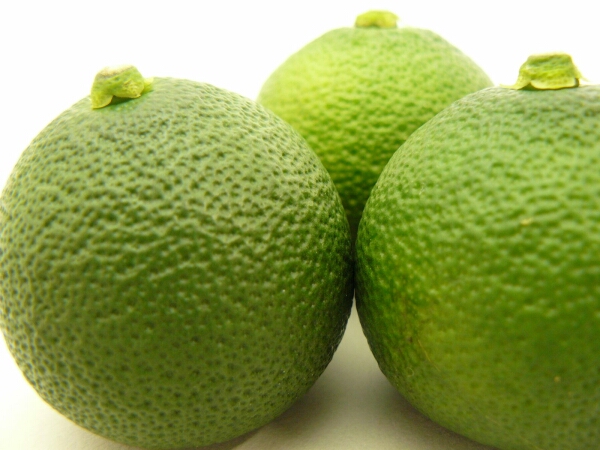
Okinawan Lime(sh?kw?s?)
Addictive and has its own unique flavor. The fruits are produced in small productions on Okinawa.? Its taste is like sweet lime with orange. Not like Yuzu. It is not as sour as Kabosu and Sudachi. It is use as a drink mix, for dessert and Okinawan dish.
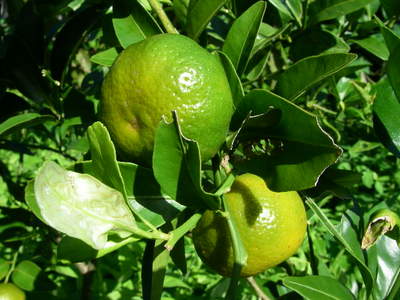
|